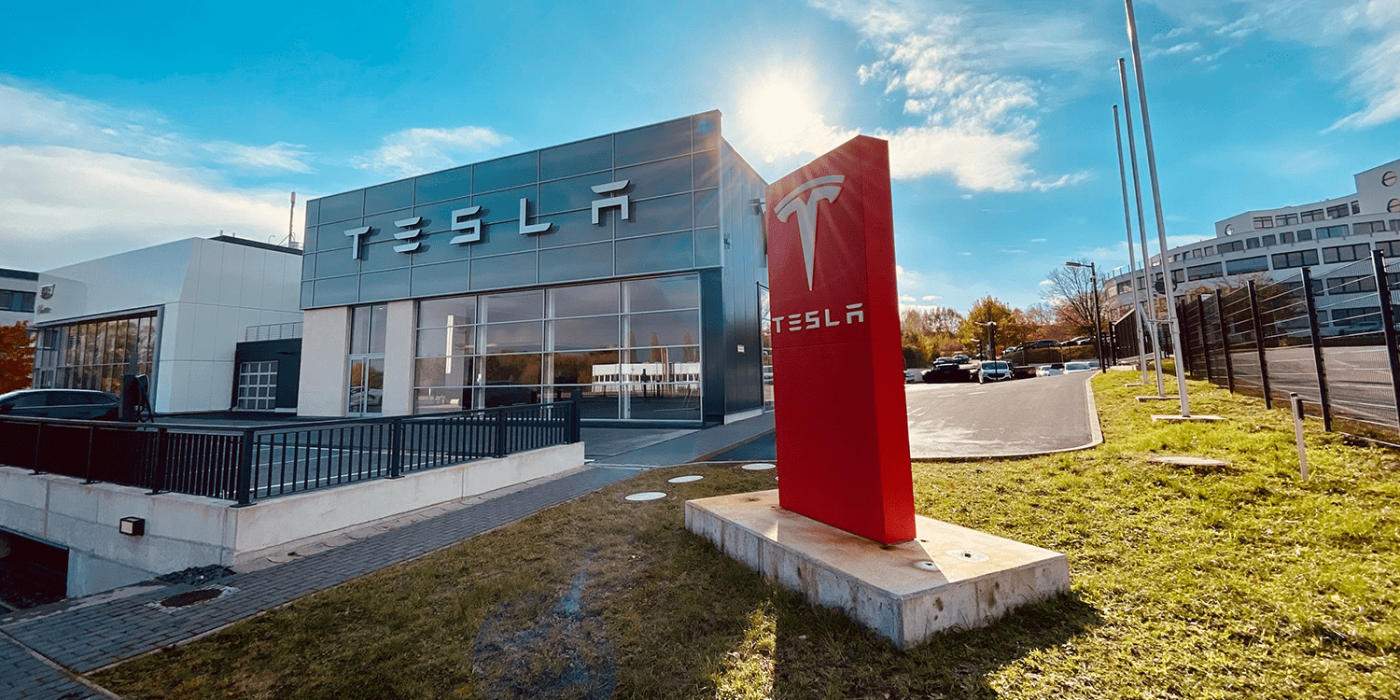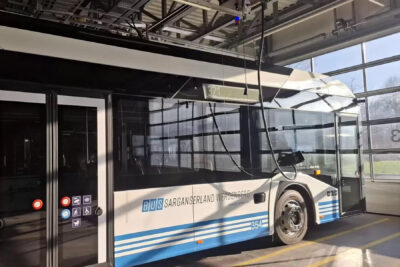Third quarter of 2022 shows Tesla struggling to balance turnover and profit
Tesla has ironed out the dip in sales and profits from the previous quarter and generated a new record turnover of $21.45 billion in the third quarter. However, the profit is balanced by the discrepancy between vehicles produced and delivered.
In terms of straight business numbers, Q3 2022 provided a profit of 3.29 billion dollars. This brings the US electric carmaker back to just under the level of the first quarter ($3.32 billion) after the weak previous quarter ($2.26 billion). Tesla puts the relative increase in year-on-year profit compared to Q3 2021 at 103 per cent. It is still not enough to set a new record, but it should be said that in Q1/2022, 679 million dollars were also received from the sale of regulatory credits; in the quarter just ended the sale of CO2 certificates brought in 286 million dollars.
The operating margin in the current annual report increased after hovering fairly constantly just under 15 per cent (with an outlier upwards in Q1/2022 at 19.2%), climbing to 17.2 per cent. Tesla admitted that a favouring factor was the increased average vehicle price.
In terms of sales, the manufacturer has exceeded the 20 billion dollar mark for the first time: after 18.76 billion dollars and 16.93 billion dollars in Q1 and Q2 of this year, the Californian company drove up the sales volume between July and September to 21.45 billion dollars, 18.7 billion dollars of which came from the automotive division. Total sales represent a 56 per cent increase over the same quarter last year. The bottom line is that sales are back to their old growth trajectory after a weak second quarter of 2022 with a plant closure in Shanghai that lasted weeks.
At the moment, Tesla’s production is doing better than its deliveries, as the figures published as usual in the run-up to the quarterly report show. For every 365,923 cars produced, 343,830 were delivered between July and September. A discrepancy of over 20,000 vehicles, which Tesla attributes to logistical problems with deliveries. In the two previous quarters, this difference was more in the range of 4,000 to 5,000 units.
At several points in the annual report, Tesla points out that it is becoming increasingly difficult to secure vehicle transport capacities at reasonable costs at the end of each quarter (“in these weeks of peak logistics”) due to rising production volumes. As a result, Tesla is aiming for a “smoother delivery pace” and a “more regional mix of production and delivery”. This new tactic was realized in Q3 with an increased amount of vehicles in transit.
Q3/2022 remains by far the strongest quarter so far in terms of production and deliveries. Since the beginning of the year, sales have accumulated to about 900,000 vehicles, with the volume models Model 3 and Model Y remaining the drivers of growth. As of the end of September, 2,000 vehicles a week have been in the mix from Giga Berlin.
Regarding the basic capacity utilisation of its plants, Tesla refers to the updated overview from the summer. According to this, production capacity at the Grünheide and Texas factories (250,000 units each), Shanghai (750,000 units) and Fremont (650,000) will add up to 1.9 million cars per year. This does not yet include the future models Cybertruck, Semi, Roadster 2, or “Robotaxi and others”.
Tesla sees its own profitability challenged by internal and external factors. Firstly, the problem lies with significant “inefficiencies” in Berlin, Texas and 4680 cell production caused by the ramp-up of the new factories. Secondly, by the inflation of raw material costs. The volatility of logistics and bottlenecks in the supply chain also remains a challenge, according to the company, but this is less severe than before. Capacities in all production locations are to be gradually increased, according to the company.
As for other targets for the year and beyond, Tesla reiterates its intention to increase delivery volumes by an average of 50 per cent per year over a multi-year horizon. From 2020 to 2021, it was known to be 87 per cent (from just under 500,000 to around 935,000 deliveries). As mentioned above, the cumulative sales for 2022 after three of four quarters currently amount to a good 900,000 vehicles.
Interestingly, Tesla explicitly mentions another goal for the first time: income from hardware products is to be supplemented by growing profits in the realm of software.
With reporting by Cora Werwitzke, France.





3 Comments